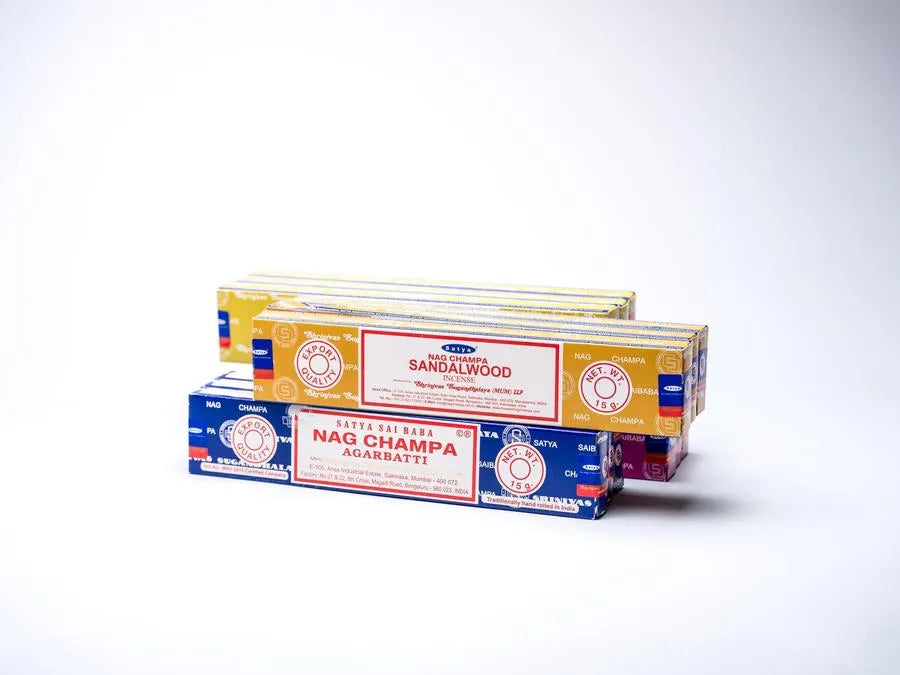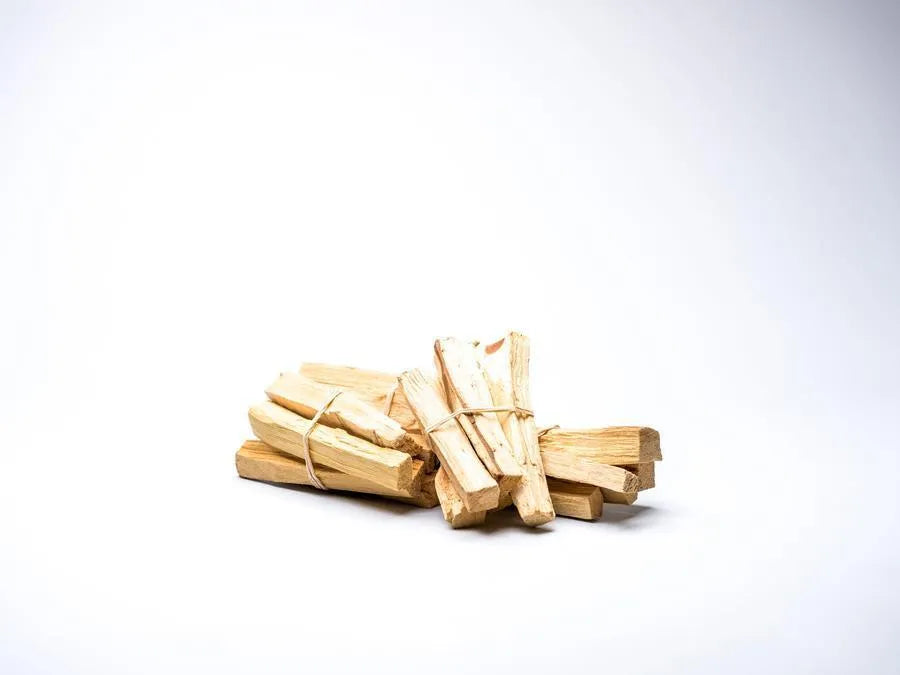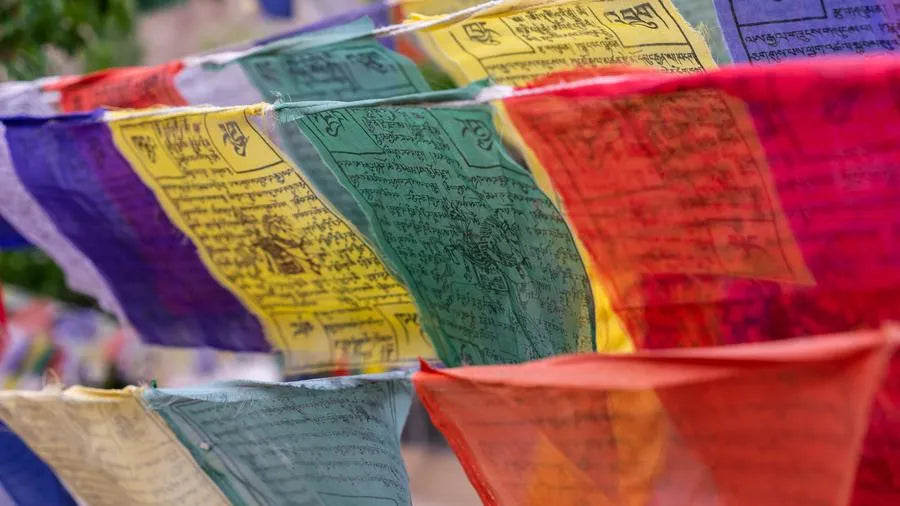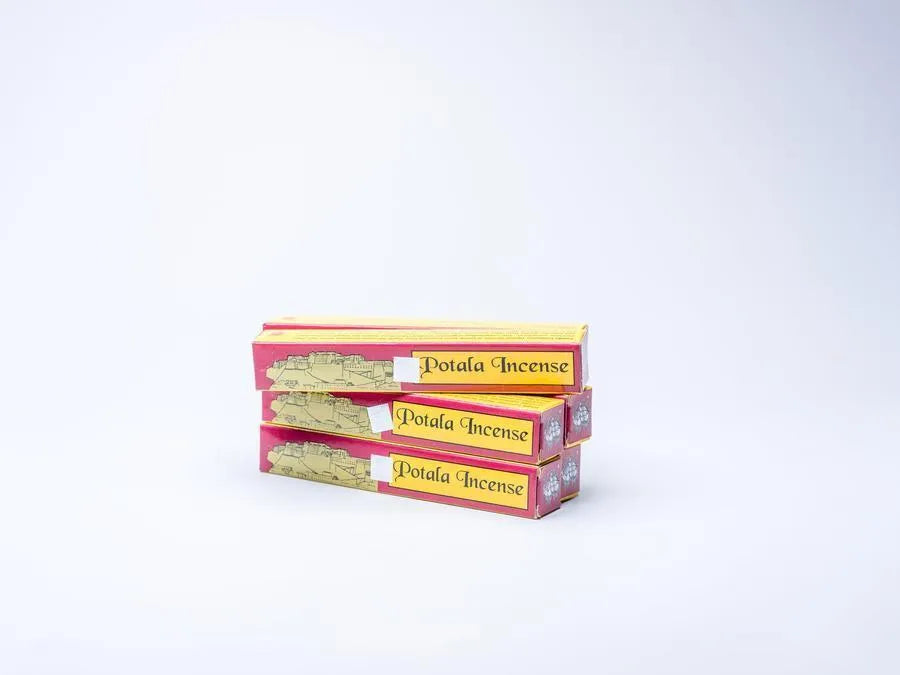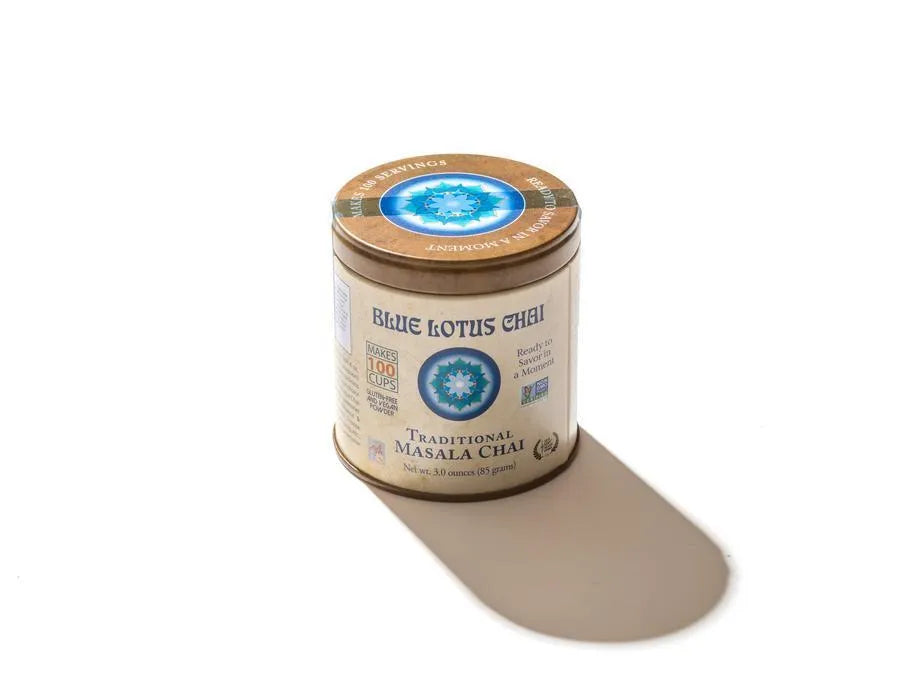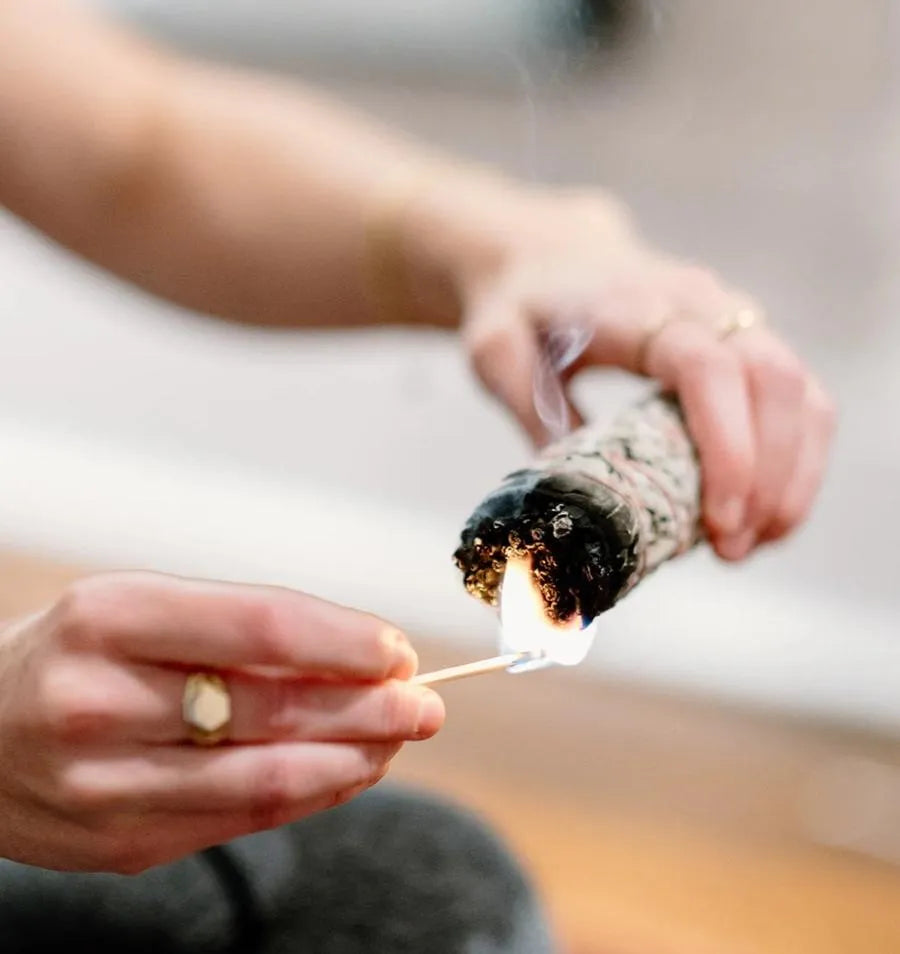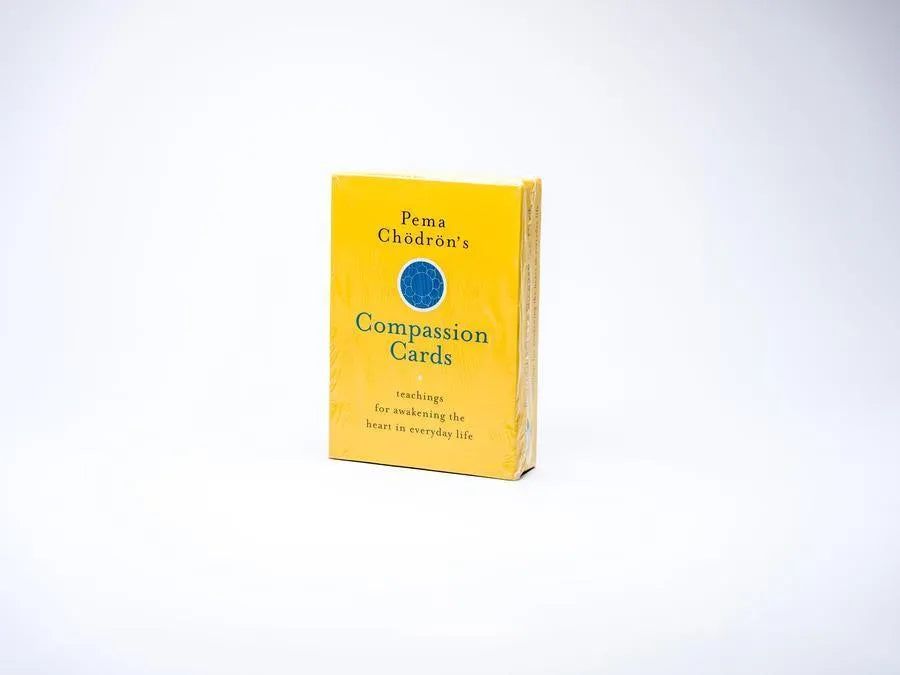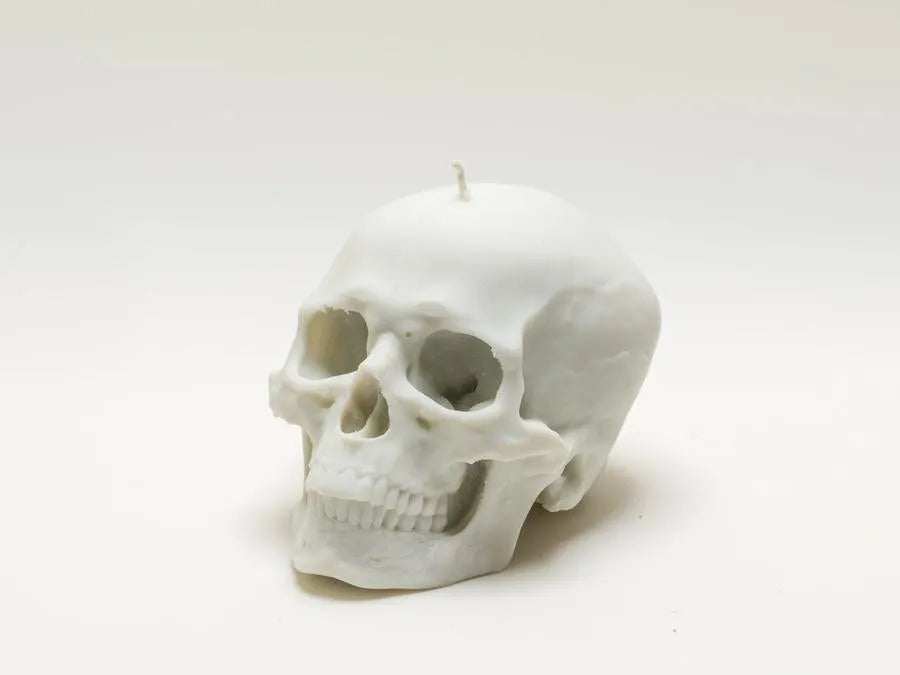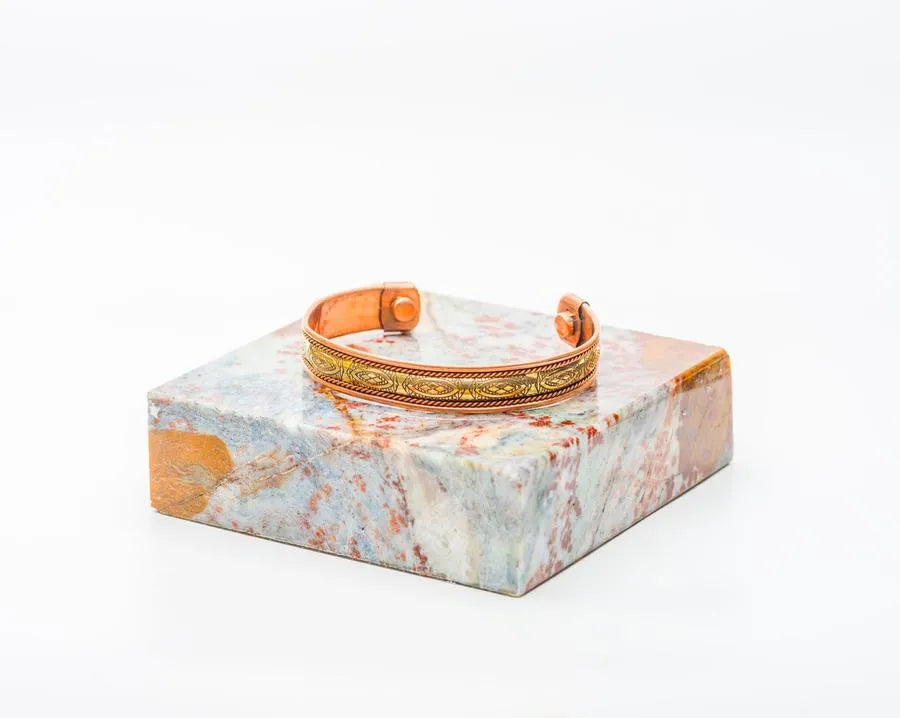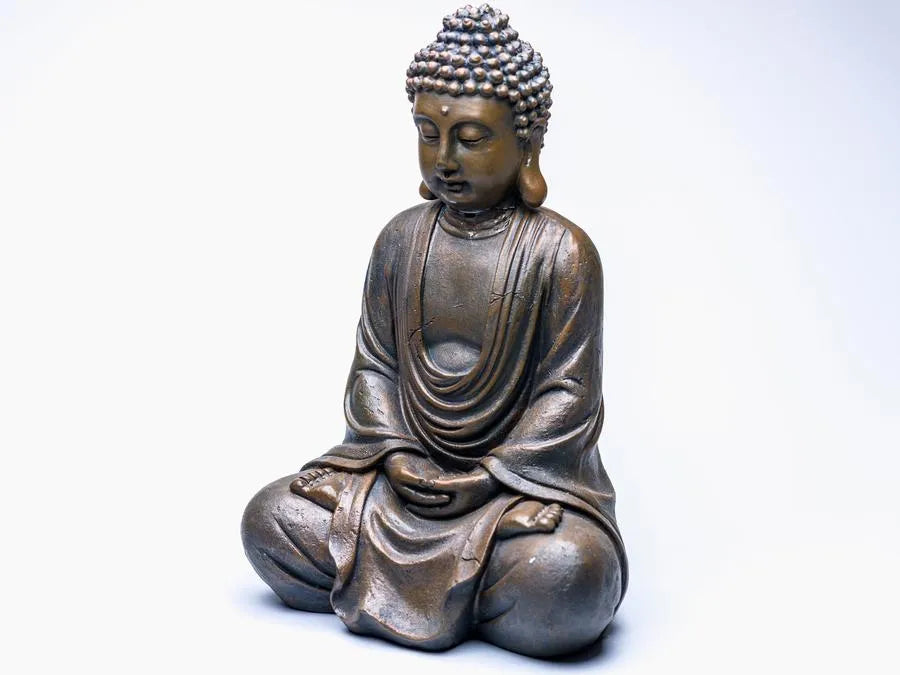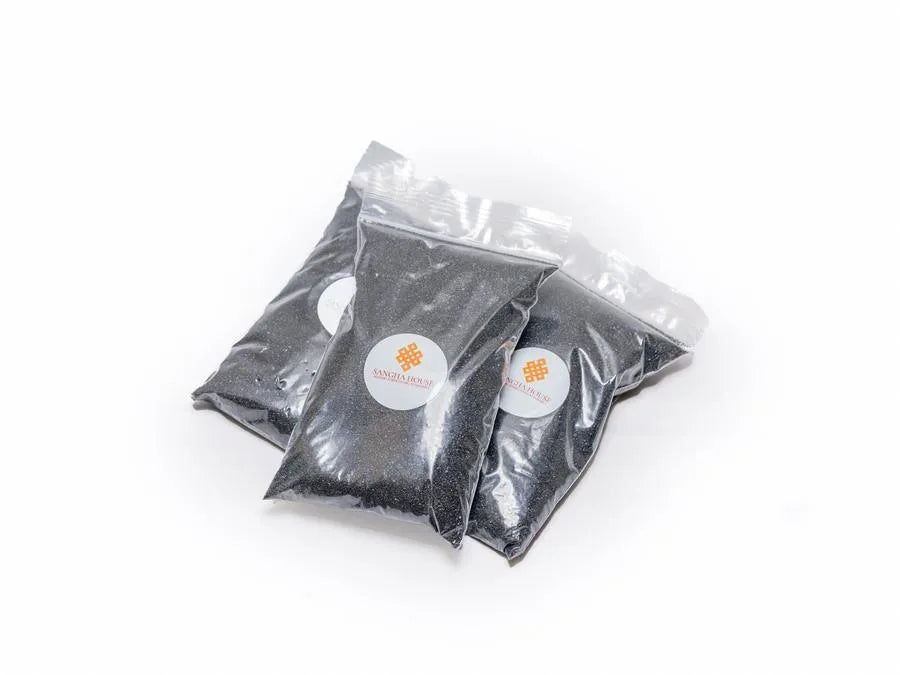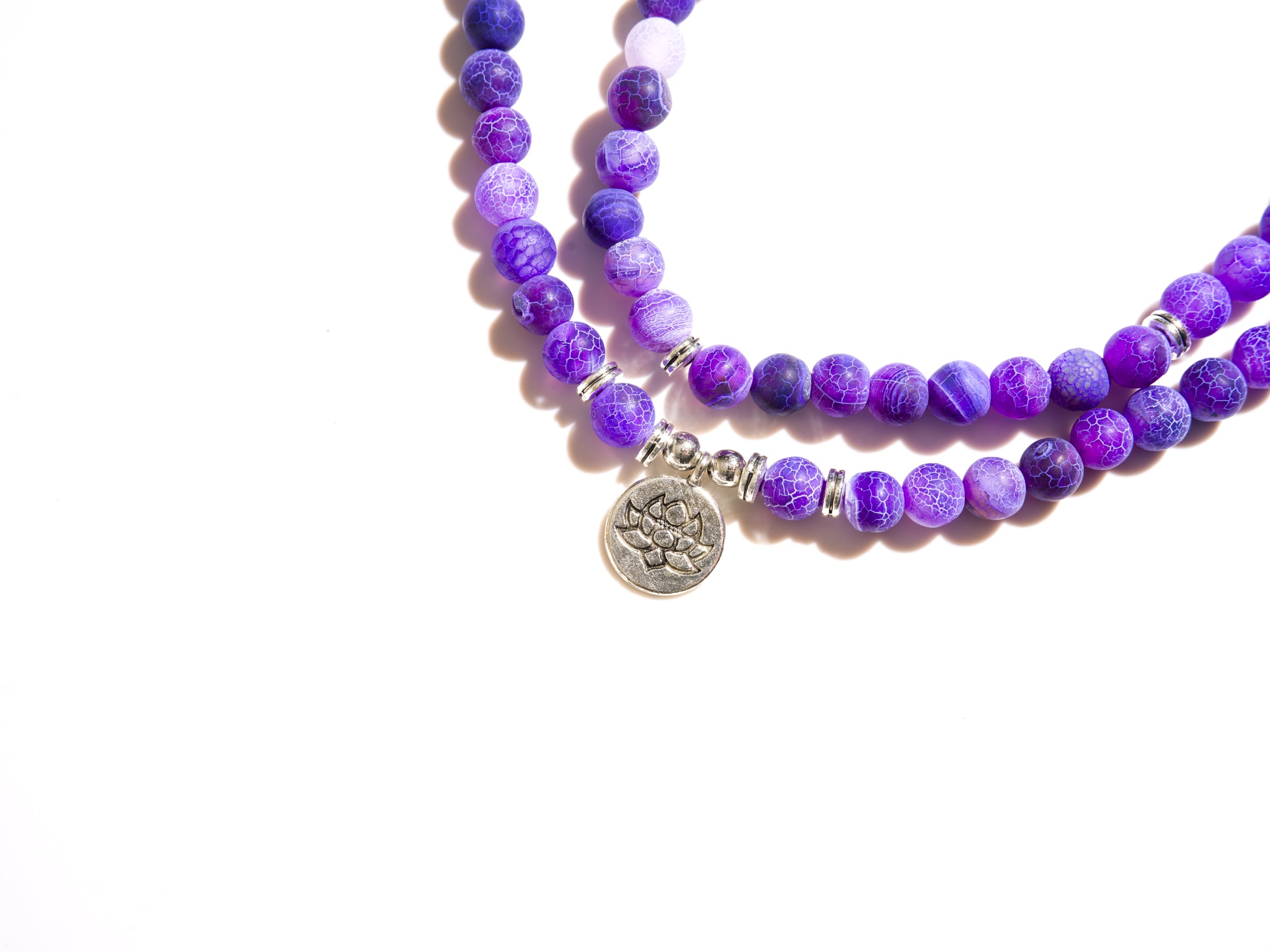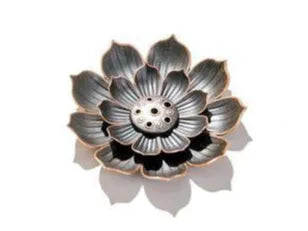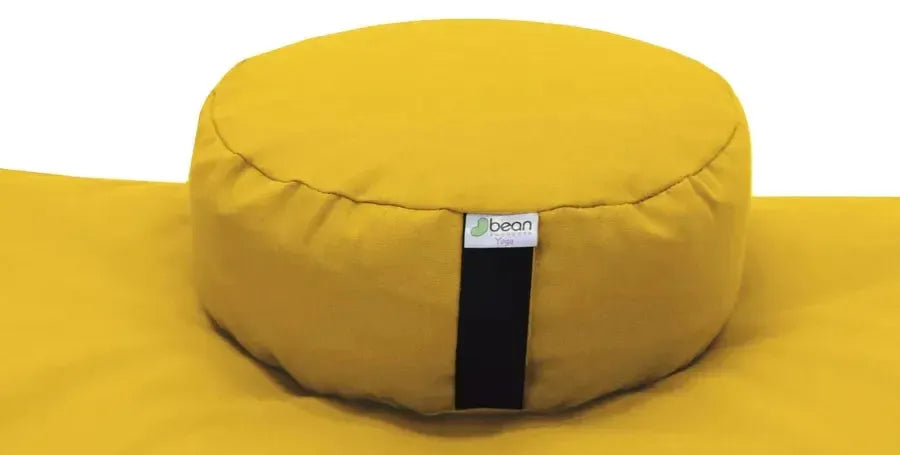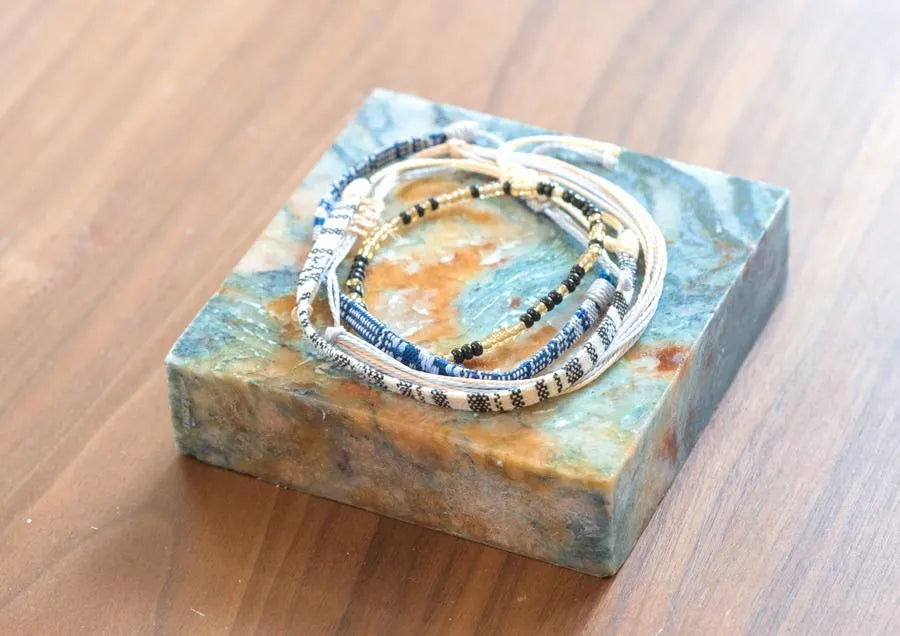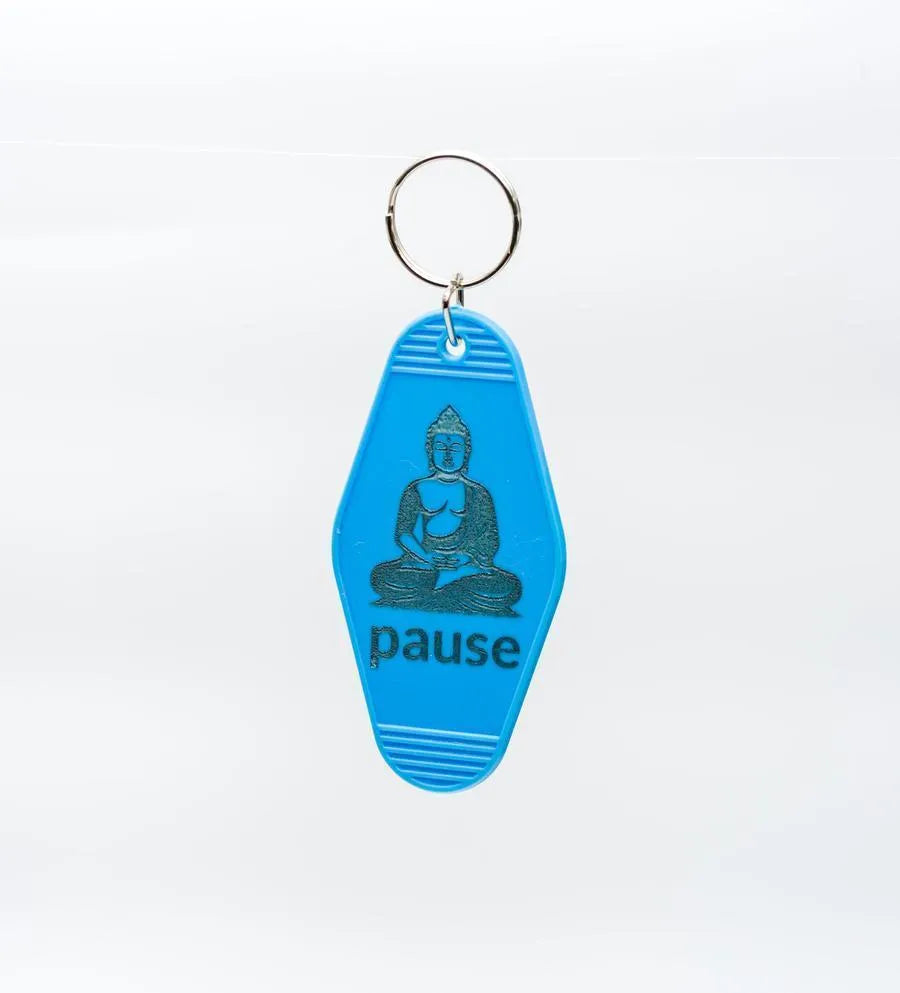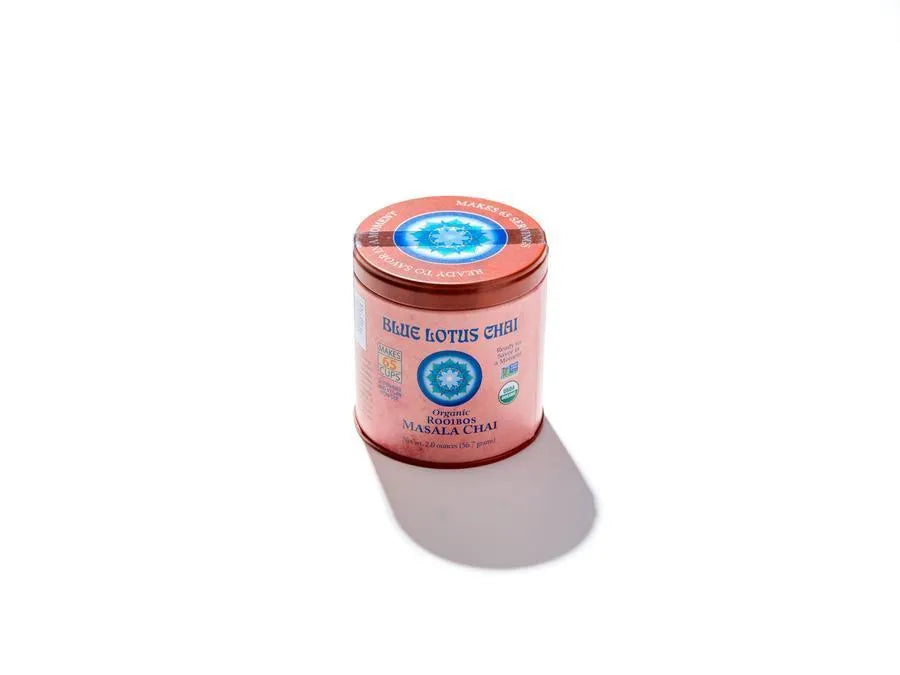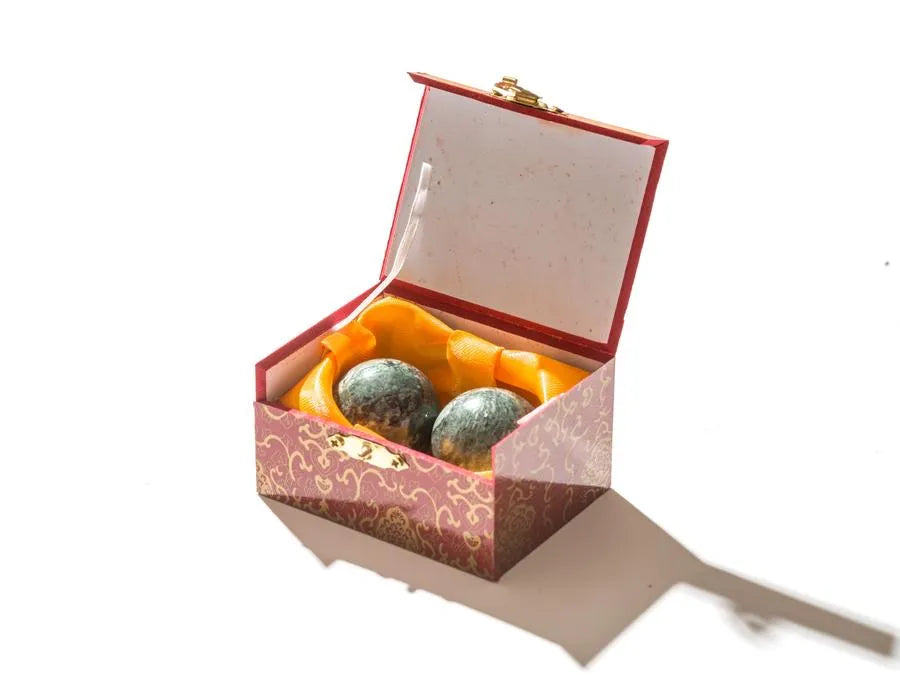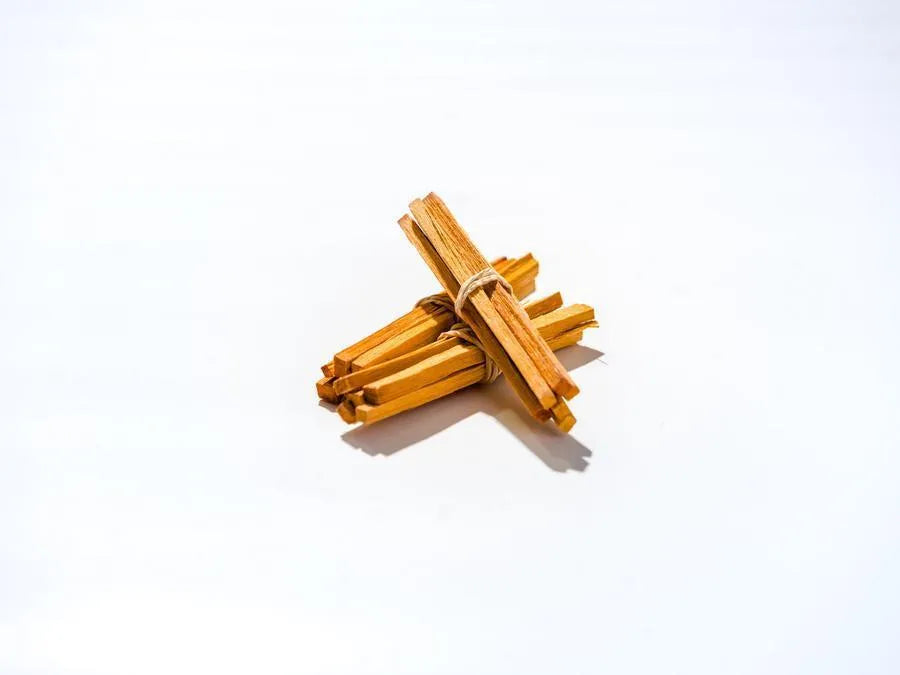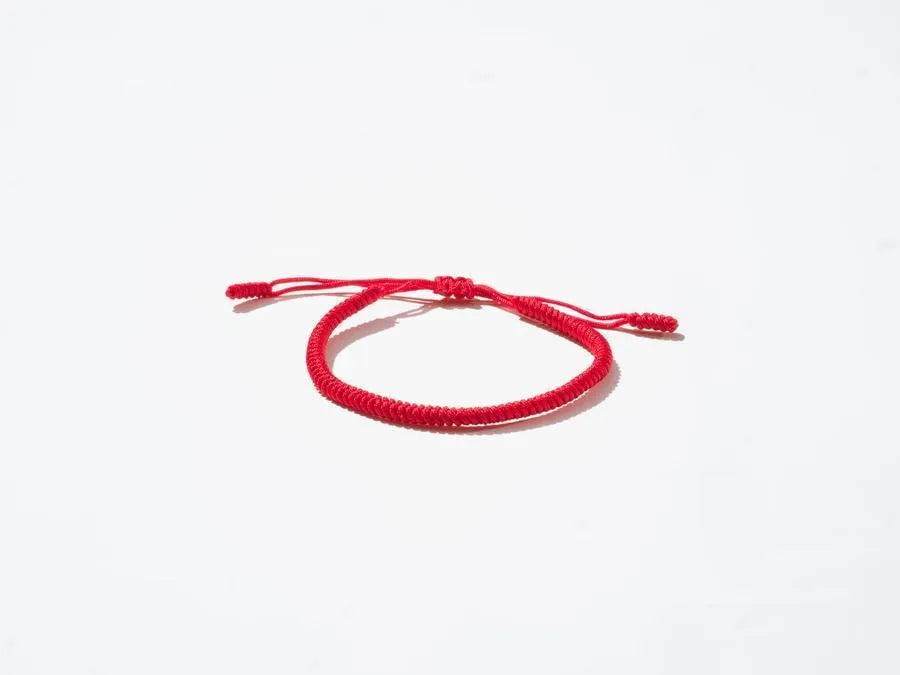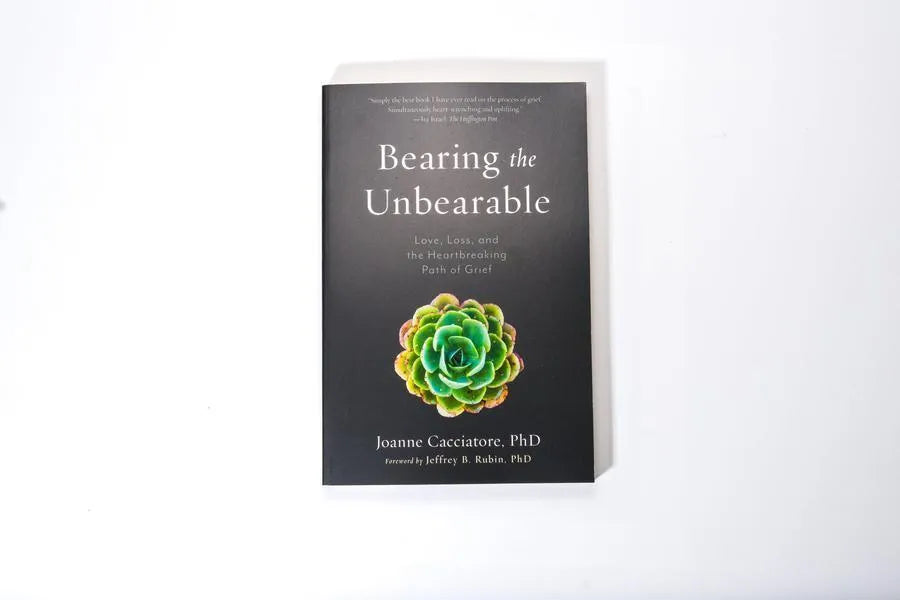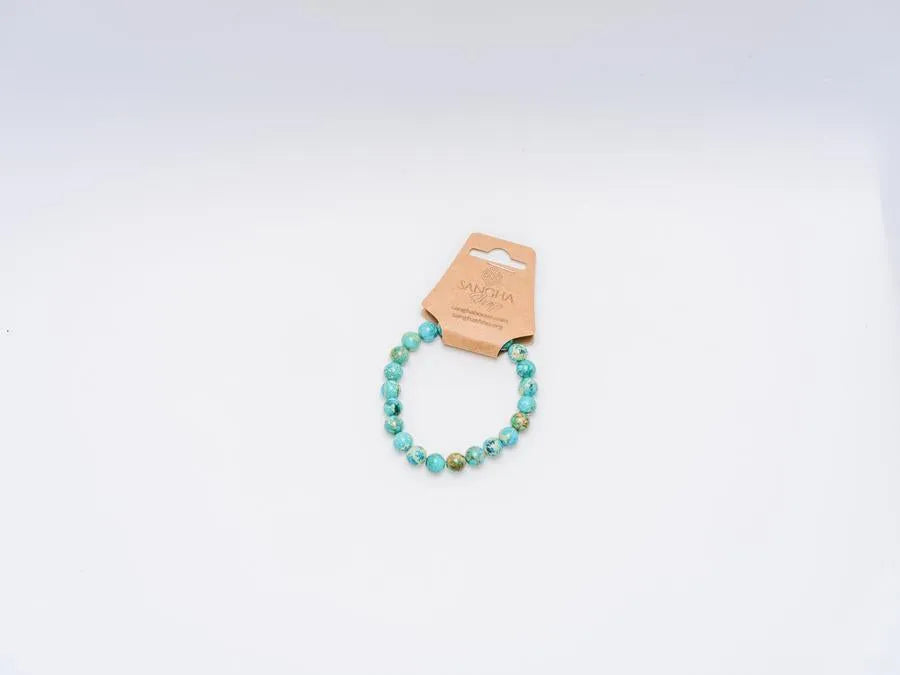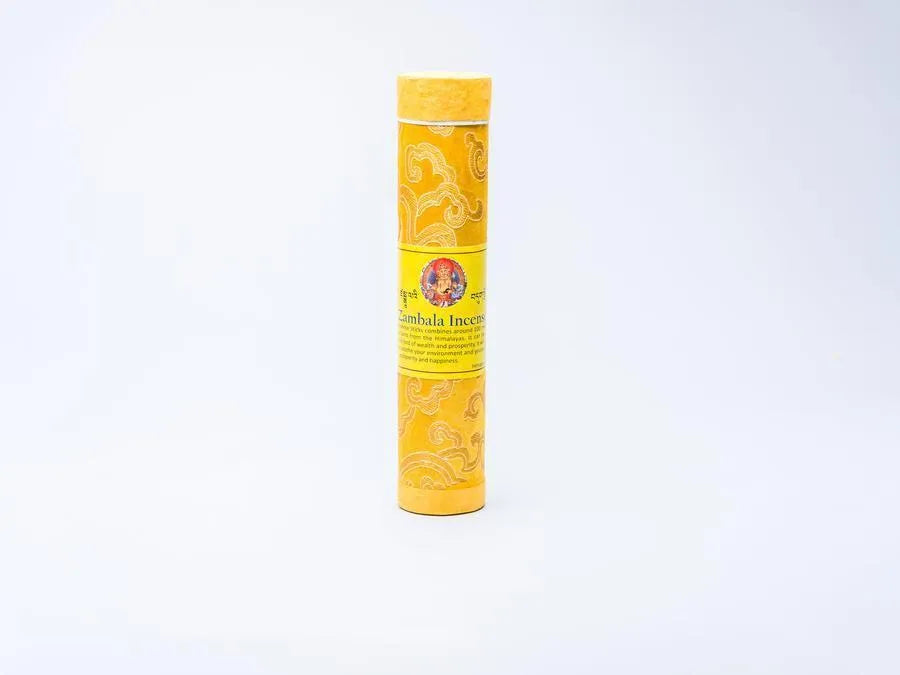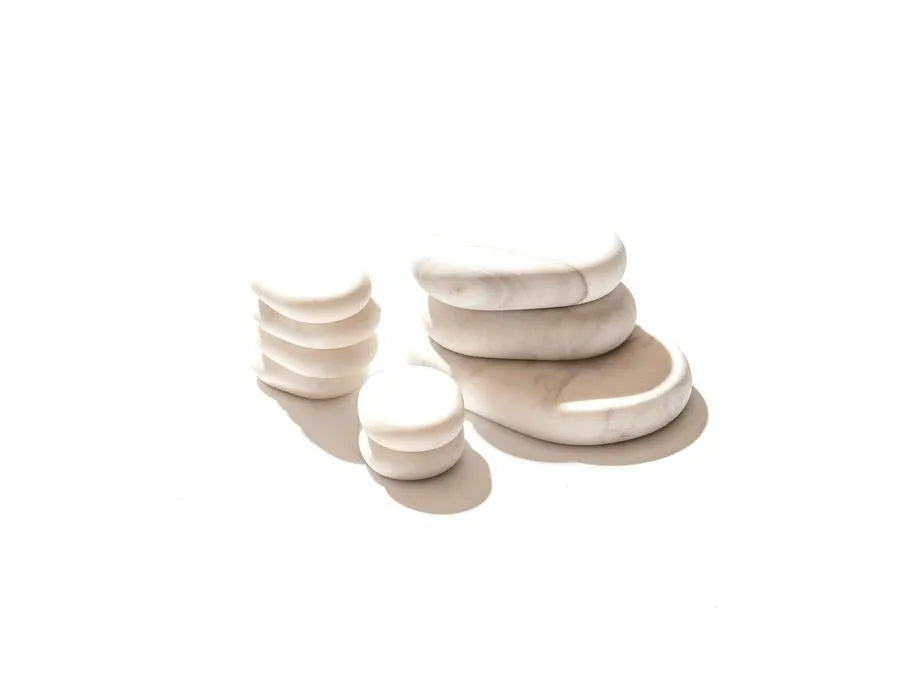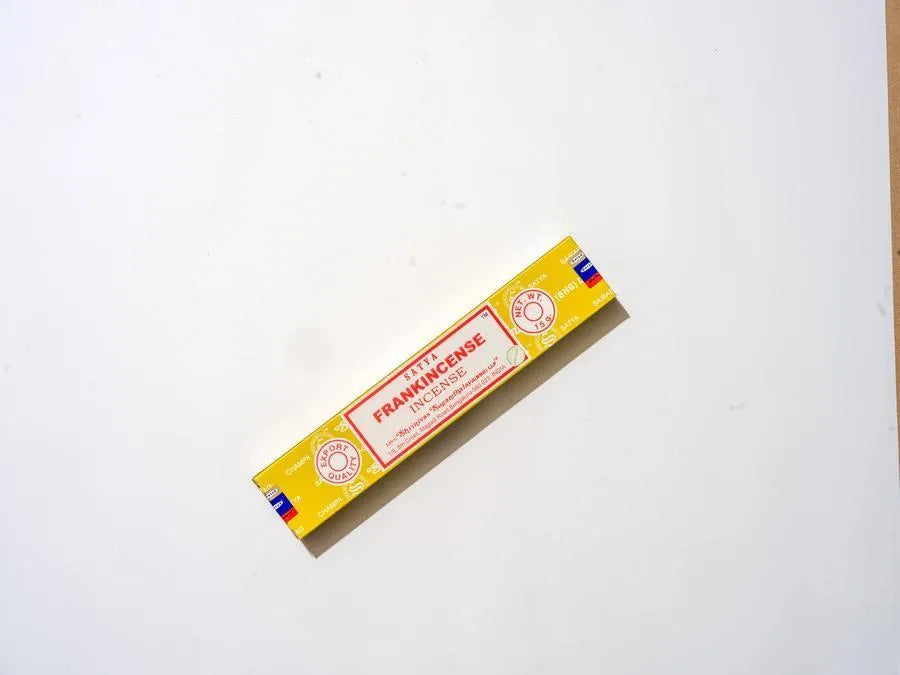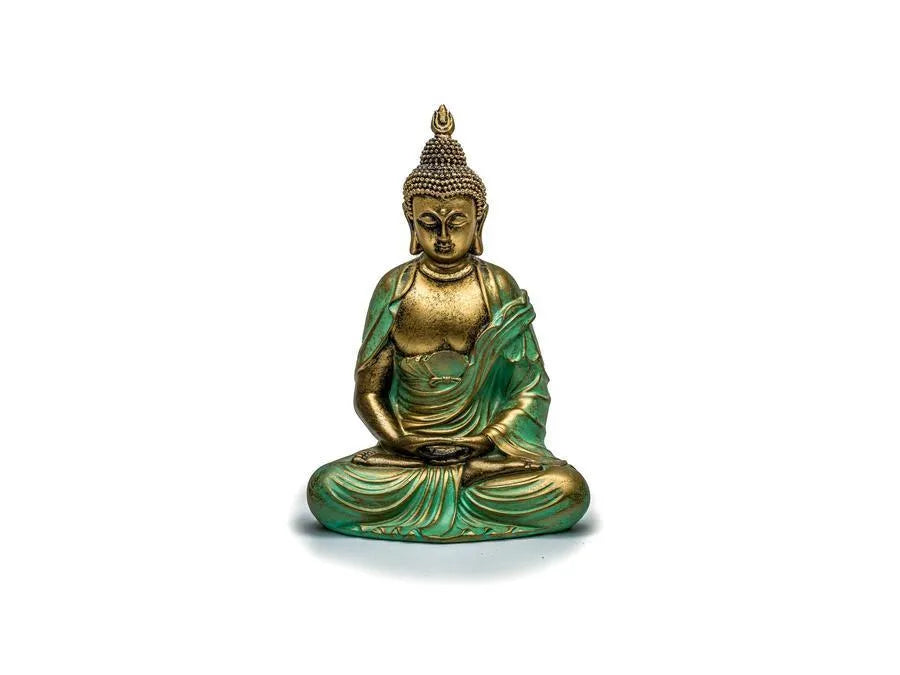If you’ve ever seen a monk or meditator rolling a string of beads between their fingers, you’ve witnessed something deceptively simple: the ancient practice of mindfulness in motion. Mala beads—or Buddhist prayer beads—have been used for thousands of years as companions for focus, devotion, and peace of mind.
But you don’t need to live in a monastery or shave your head to use them. Whether you meditate, pray, or just need a way to slow your thoughts down before your next cup of coffee, mala beads can become a tool for everyday awareness.
What Are Mala Beads, Really?
At their core, mala beads are a tactile form of mindfulness. The word mala comes from Sanskrit and means “garland.” A full mala has 108 beads—a number that carries deep symbolic meaning in Buddhist and yogic traditions—and one larger guru bead that marks the start and end of a cycle.
Each bead represents a single breath, a single mantra, or a single moment of attention. You could think of them as the original meditation app—no notifications, no monthly fee, and they never need charging.
The Meaning Behind 108 Beads
So, why 108?
In Tibetan Buddhism, this number appears everywhere, like an old friend showing up at every temple and mantra text. There are said to be 108 defilements—mental habits and emotions that cloud clarity. Each bead is a small act of cleansing, a tiny letting-go of one layer of confusion.
Other traditions count 108 feelings (past, present, and future—36 each), or note that 108 symbolizes the wholeness of the universe. Even modern astronomy gives the number a wink: the distance between the Earth and the Sun is about 108 times the Sun’s diameter. Coincidence or cosmic poetry? Either way, it reminds us that this practice connects something small—our breath—to something vast—the rhythm of existence.
The takeaway: every time you complete a full round of 108 beads, you’re not just reciting words. You’re moving through a complete cycle of awareness.
How Mala Beads Support Your Meditation Practice
Meditation can sound lofty—enlightenment, nirvana, bliss—but for most of us, it starts with trying not to chase every passing thought like a cat with a laser pointer. That’s where mala beads shine.
They give your hands something gentle and repetitive to do. Each bead becomes a cue: breathe in, speak or think your mantra, move to the next bead. It’s meditation with training wheels—steady, rhythmic, forgiving.
Think of mala beads as your anchor during meditation practice. When the mind drifts (and it will—often toward snacks), the bead beneath your thumb brings you back. The repetition builds focus not by force, but by familiarity.
How to Use Mala Beads (Step by Step)
If you’re new to how to use mala beads, here’s a simple, secular way to start.
1. Set an Intention
Before you touch the beads, ask yourself what you need most today. Maybe it’s calm. Maybe it’s courage. Maybe it’s not yelling at your neighbor’s barking dog. Whatever it is, let your practice carry that intention.
2. Choose Your Mantra
Traditionally, Tibetan practitioners recite mantras like Om Mani Padme Hum—the mantra of compassion. But your mantra could also be a simple phrase such as I am present, Breathe in peace, or Let it go (yes, even Elsa was onto something).
3. Find Your Starting Point
Hold the mala in your right hand, draped over your middle finger. The index finger, symbolizing the ego, stays out of the loop—literally. Start next to the guru bead (the larger one) and use your thumb to move from bead to bead.
4. Recite and Move
With each bead, silently or softly repeat your mantra once. Then move to the next bead. Your thumb pulls each bead toward you—think of it as drawing the mind inward.
When you reach the guru bead again, pause. Don’t cross over it. If you want to continue, reverse direction.
5. End in Stillness
After a round, close your eyes and sit quietly for a minute. Notice your breath, your heartbeat, the echo of calm you’ve created. That pause is the point.
Try the 5-Minute Mala Meditation
If you’re short on time or long on excuses, this is your practice. Five minutes. One intention. One string of beads.
-
Sit comfortably—floor, chair, couch, doesn’t matter.
-
Hold your mala gently in one hand.
-
Choose a mantra or phrase.
-
Breathe slowly and move through 10–15 beads, repeating your mantra with each breath.
-
When thoughts wander, smile and return to the next bead.
That’s it. A micro-practice with macro-benefits. Over time, you can expand to a full round of 108 beads, but even a few minutes can create a ripple of mindfulness through your day.
The Spiritual Significance of Repetition
Repetition might sound boring—until you realize it’s how the mind learns peace. In Tibetan Buddhism, mantra recitation isn’t about magical syllables changing the universe; it’s about changing you.
Each repetition gently rewires the mind toward patience, compassion, and focus. It’s the spiritual version of muscle memory. The more you turn the beads, the more naturally stillness begins to arise.
And if you don’t feel “zen” right away, congratulations—you’re doing it right. The goal isn’t to empty the mind, but to notice its patterns without judgment. Every distraction is a bead in disguise.
A Dash of Humor
Let’s be honest: no one ever looked cool whispering mantras under their breath while stuck in traffic. But mala beads remind us that practice doesn’t have to be glamorous—it just has to be real.
You don’t need incense, Himalayan music, or the ability to sit cross-legged like a pretzel. You just need willingness. A quiet corner. Maybe a cat who insists on meditating on your lap.
Mindfulness, as Tibetan teachers often say, is simply remembering to remember. The beads just make it easier to keep count.
Caring for Your Mala
Your mala isn’t just a tool—it’s a companion. Treat it with the same respect you’d give a close friend. Keep it dry, avoid perfume or sweat, and occasionally cleanse it with incense or moonlight (yes, moonlight—it’s gentler than the washing machine).
Most importantly, don’t lend it to others. Just as your meditation practice is personal, your mala carries your energy, thoughts, and intentions.
If it ever breaks, don’t panic—it’s not bad luck. In many traditions, it’s a sign of completion, a release of old energy. You can restring it, or simply thank it and begin again.
Prayer Beads and Mindfulness in Daily Life
You don’t need to limit mala use to formal sitting. Try touching one bead and taking a breath before answering an email. Or roll a few between your fingers when you feel overwhelmed.
This is prayer beads mindfulness: turning ordinary moments into small meditations. The goal isn’t to escape daily life but to bring awareness into it—one bead, one breath, one smile at a time.
Conclusion: A String of Presence
Mala beads aren’t magic, but they do something quietly profound: they turn repetition into remembrance. Every bead is a reminder that awareness is available, right here, right now.
In Tibetan Buddhism, teachers often say that enlightenment isn’t somewhere else—it’s woven into the moments we pay attention. Mala beads just help us string those moments together.
So pick up your beads, breathe deeply, and start small. Five minutes, ten beads, one intention. That’s enough.
Because sometimes, the path to peace is literally right at your fingertips.

